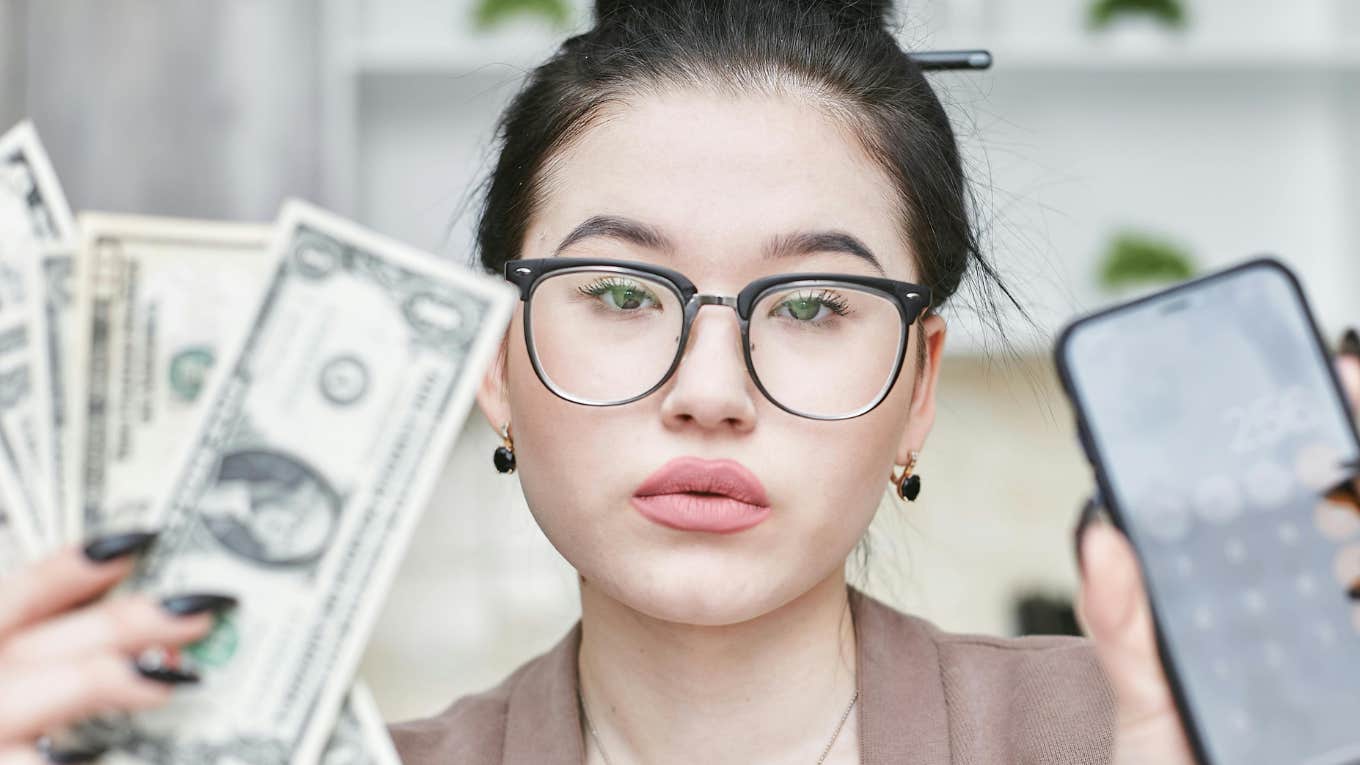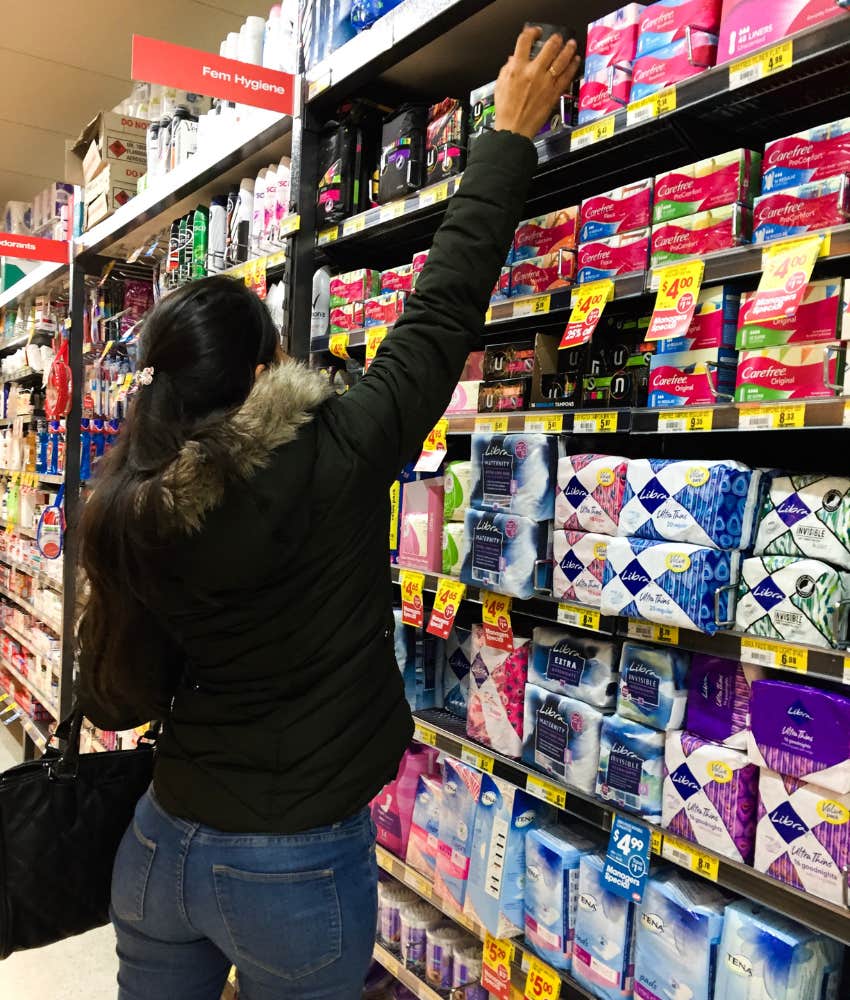Woman Calculates How Much She’s Spent On Period Products In Her Lifetime So Far — ‘Women Should Get A Tax Deduction For This’
In case experiencing a period wasn't bad enough, women also have to shell out thousands of dollars over their lifetimes for necessary supplies.
 Mikhail Nilov | Pexels
Mikhail Nilov | Pexels It’s not easy to be a woman. While great strides have been made in matters of gender equality, society still favors men. It would seem that Mother Nature favors men, too, or at least understands that they could only handle so much. It’s been said that if having a child were easy, a man could do it. The same could be said of having a period.
There is an ongoing debate about the cost of period products since women can’t exactly control or choose whether or not to menstruate. According to PlushCare, a virtual platform for medical appointments, Scotland became the first country to make period products free for all who need them, while some states in the U.S. have eliminated the “pink tax,” or sales tax on period products. Many women think this isn’t enough, though.
A woman added up how much money she’s spent on period products over the years, and the results were disturbing.
PlushCare actually conducted a study to determine how much it costs to have a period in different countries and different U.S. states. They found that the U.S. was one of the most affordable countries in which to have a period, with most women spending just 0.20% of their monthly income on needed sanitary products.
 Karola G | Pexels
Karola G | Pexels
That doesn’t make it fair to have to spend so much on period products, though. A woman named Joni made a post on Threads with some information about her own period expenses. “I’ve had 452 menstrual cycles,” she said. “That’s at least $15,000 spent on maxi pads and ibuprofen.”
Joni argued that women should receive some kind of compensation for the enormous costs they have to spend on something they have no control over. “Women should get a tax deduction for this involuntary [expletive],” she continued. “Or get pads and tampons for free. Tired of my cramps being capitalized on.”
Joni brought attention to the issue of period poverty.
Joni’s post blew up with almost 25,000 likes, and for good reason. PlushCare found that New York is the most expensive state in the U.S. in which to have a period. Their estimates said that a month’s supply of pads, tampons, and ibuprofen would cost a New Yorker $15.56. Meanwhile, when looking at income, Oregon is the least affordable state, with a woman having to spend 0.39% of her monthly income on period products.
 fernanda photos | Shutterstock
fernanda photos | Shutterstock
This is, of course, nothing compared to many other countries. The most expensive countries in the world to have a period were found to be Algeria, where women paid $34.05 for supplies each month, Jordan, where a month’s worth of supplies costs $26.51, and South Korea, where it costs $25.40.
“According to the World Bank, an estimated 500 million people who menstruate worldwide experienced period poverty, describing (partly) a lack of access to period supplies,” PlushCare noted. “Affordability is a factor; in the U.S. alone, one in five teenagers has, at some point, struggled to afford much-needed sanitary products.”
Some places are doing what they can to alleviate these costs, but it’s not enough.
In addition to Scotland making period products free and some U.S. states eliminating the pink tax, other locations are working to make period products more accessible for those who need them. PlushCare noted that the U.S. charity Helping Women Period works to get women who need period products but cannot afford them the supplies that they need. Additionally, some states have passed laws that require schools to provide free supplies so students do not have to skip attending when they are menstruating.
According to the United Nations, 2 billion people menstruate every month. Allowing them to live in period poverty is unacceptable. The UN said, “Stigma, the high cost of menstrual products, and lack of water and sanitation facilities drive period poverty around the world.”
Women do not choose to menstruate. Rather, it’s just something that their bodies do naturally. Yet, they’re being punished for something that is out of their control. We should be working towards living in a world where period products are not only accessible for everyone, but also affordable, if not just free.
Mary-Faith Martinez is a writer with a bachelor’s degree in English and Journalism who covers news, psychology, lifestyle, and human interest topics.

